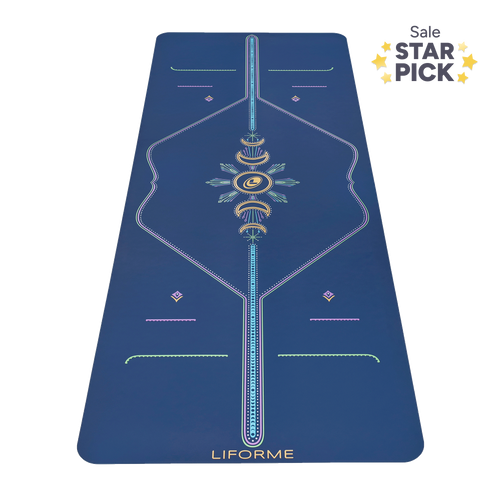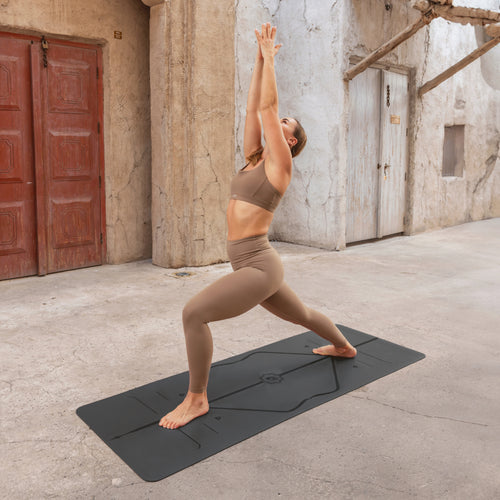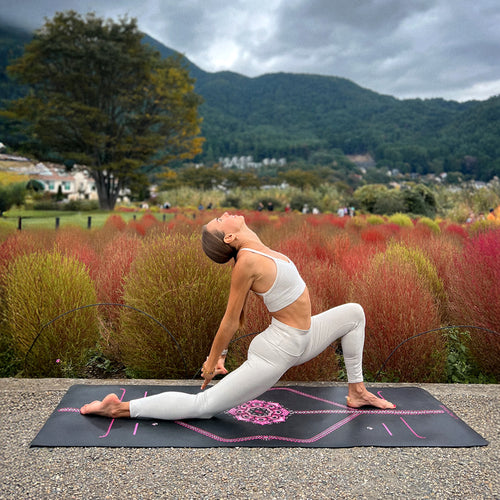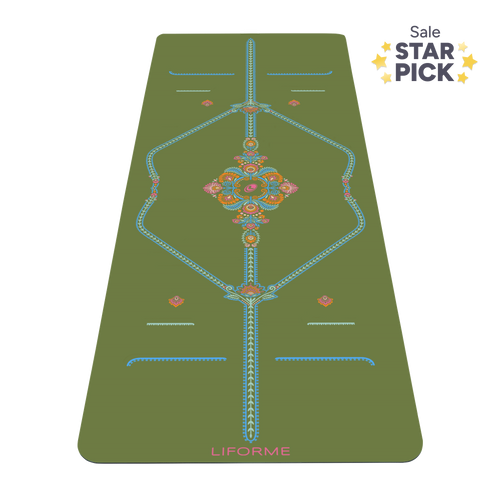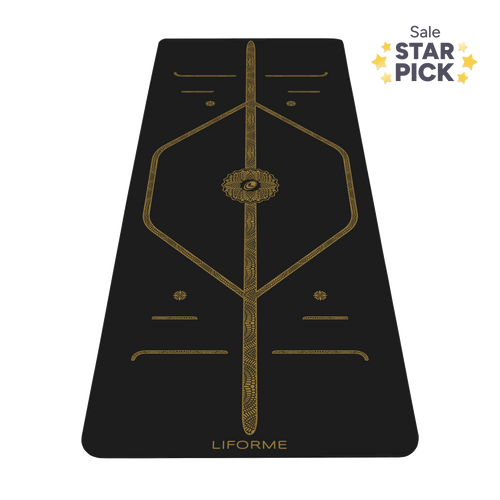Benefits of Side Crow
Side Crow’s Chaturanga arm position is the basis for many other arm balances, including Grasshopper, Eka Pada Koundinyasana I and II, and Astvakrasana, so learning how to do it opens the door to a lot of new possibilities.

Revolved Chair Pose (Parivrtta Utkatasana)
1. Start in a Chair Pose with your knees bent and the hands in Anjali mudra at your heart.
2. On an exhalation, twist your torso to the left so that your chest is turned toward the left side of the room.
3. Take your right elbow to the outside of your left knee, deepening the bend in your knees if necessary.
4. Keep your hands in Anjali mudra. Press the palms together so that your forearms are perpendicular to the floor.
5. Take a few breaths here, deepening your twist on your exhalations.

Place your hands on the floor
1. Release the mudra but keep your deep twist as you bring both palms flat to the floor on the outside of your left foot.
2. Bend your knees to a squatting position, coming onto the balls of your feet.
Ok, from here you have options: two arms or one. (Don’t worry, you’ll still have both hands on the floor; it’s just a matter of where you place your hips.) If you are new to arm balancing, start with the two-arm version.

Supported by Two Arms
1. Bend your elbows straight back to come towards a Chaturanga arm position. Just as in Chaturanga, you don’t want to let your shoulders dip below your elbows. Engage your core to maintain a right angle between your upper and lower arms.
2. As you do this, your left elbow comes under your left hip and your right elbow comes under your left knee. These are your points of support.
3. Keep bringing your body weight forward onto your hands.
4. Eventually, your weight comes so far forward that your feet lift away from the floor.
5. Once they do, keep your feet active and toes engaged.

Supported by One Arm
1. When the version above starts to feel comfortable, it's time to try something new
2. You’ll need a deeper twist because you have to center your body over your right arm only instead of distributing your weight onto two arms.
3. In your squat, position your right elbow midway between your left hip and knee. Take your left hand out beyond your left hip.
4. When you come forward, all your weight goes onto your right arm. Your left arm stabilises you but doesn’t bear your weight.
5. Float the feet away from the floor.

Extend your legs
With either arm variation, there are several ways to extend your legs.
1. Take both legs straight out to the right side with hips stacked and feet flexed.
2. Take your left leg straight out to the right side. Move your right leg so that it points toward the back of your mat. This is Eka Pada Koundinyasana I.






